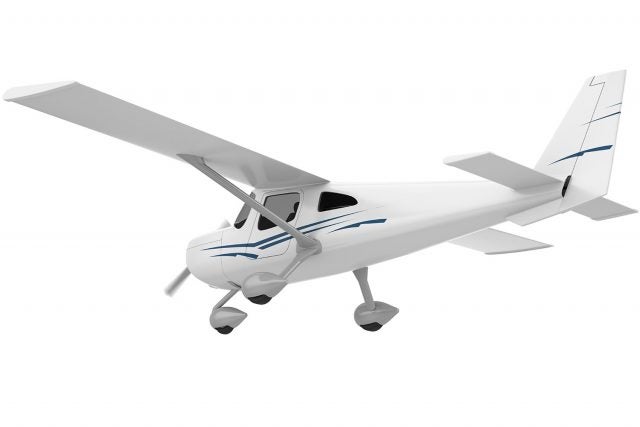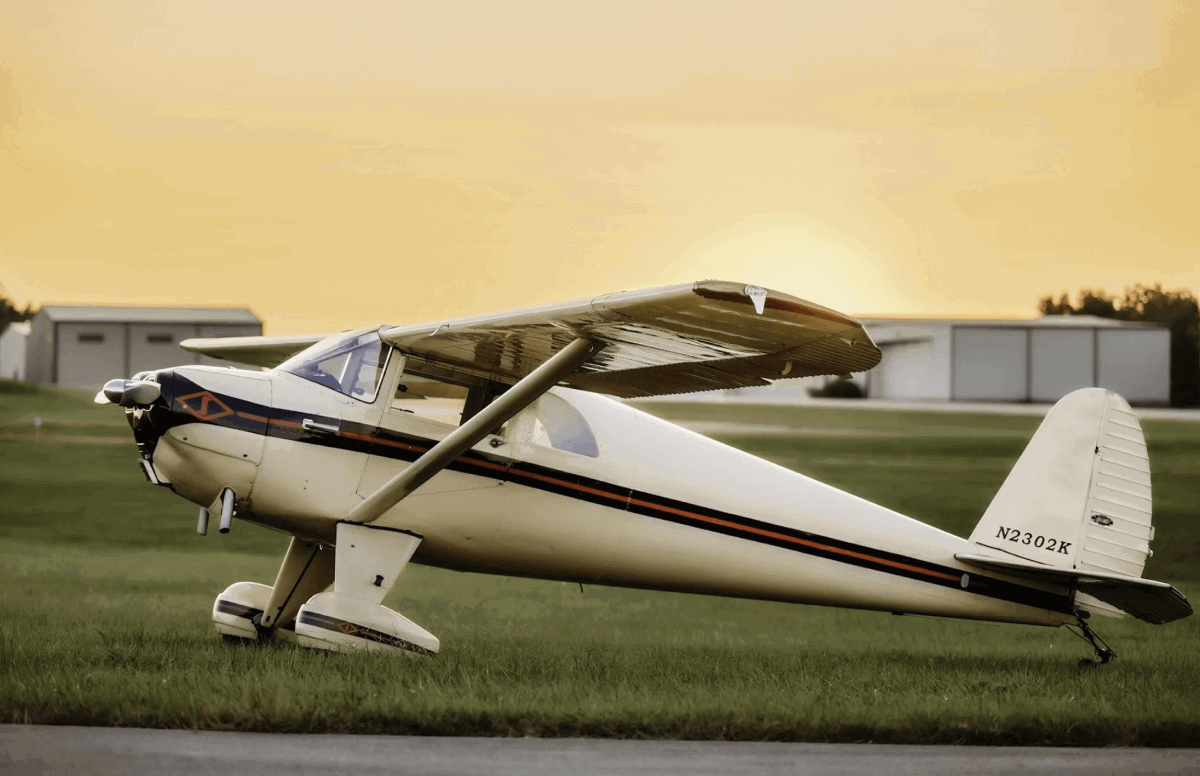
Now that states are beginning to ease up on their various stay-at-home orders, or advisories, what does this mean to us pilots? And how much could it change the calculus we’re using to make the go- or no-go call before we even head out to the airport? Or should it even enter into the conversation?
When it comes to stay-at-home measures, it’s probably safe to say that the vast majority of U.S.-based owners/pilots of personal transportation planes live in a place that they can go flying regardless of their state or locality’s rules related to social distancing. In few places would you be stopped from driving to the airport and going wherever you’d like to go. The FBO will be overjoyed to sell you some gas. The air traffic controllers will be delighted to have you. The whole thing would be business mostly as usual, at least in terms of what you could physically do. It’s highly unlikely that an officer will stop you because you’re driving to your local airfield.
Now this doesn’t mean it’s legal to do it where you reside. Here in my city, Austin, Texas, it’s not clear if it’s legal to drive down to the trailhead to go for a hike, even though the hiking part is legal. Regardless, nobody’s getting pulled over, even though if you go to Target to pick up a gallon of milk, you’ll be asked to wear a mask.
But in places where social distancing never has been implemented or has been greatly relaxed if it were gently introduced, none of the above conversation matters.
Except as it matters to you, and I guess that’s where the real calculus comes in.
What effect on people’s health will your flying have? That’s the real question. Disregarding those who say that there is no such thing as the coronavirus, the thing that matters to everyone is public health. So given lax or nonexistent enforcement of widely scattered rules regarding social distancing, what’s good for yourself and others is the calculus we really care about.
Now, if you’re flying in your own plane and not interacting with anyone, your flight is going to have about the same impact or less than if you stayed at home and emptied your Netflix queue. That’s the easy example.
But if you are flying with others, I think you need to, one, know them so well you have no doubt that they won’t get you sick and know your own status so well (well, as well as humanly possible, given the scarcity of testing) that you know you won’t get them sick. I have friends like that—people who are isolating so seriously that I’m as confident in their virus-free status as I am in mine, or very nearly so.
Things do get stickier the less you know about your COVID-19 status, or that of your flying companions. They’re complicated, too, if you share an airplane with others, though it having been well cleaned and then sitting for a few days, the experts believe, will cut the risk of the plane getting you sick to almost zero.
The hardest position to defend is going flying as though the virus didn’t exist. In that case, doing anything but flying while implementing smart social distancing practices is opening yourself up to getting sick, potentially exposing those you fly with or interact with along the way, to COVID-19, and that’s not to mention the fact that anyone who gets it along the way will likely spread it others, who will then ! well, you know how it works.
As a pilot, I take risks. We all do, and we accept those risks. At the same time, I do my darnedest to minimize those risks, by studying the weather, learning and or reviewing the geography along the way, and by knowing the procedures at the airport I’m headed to, as well as taking more than a casual glance at the alternates if the weather is dicey. That’s the least I can do for myself. And if I’m flying with others, then my responsibility is many times greater.
I don’t see how pilots can justify addressing the risks associated with COVID-19 any less strenuously.




